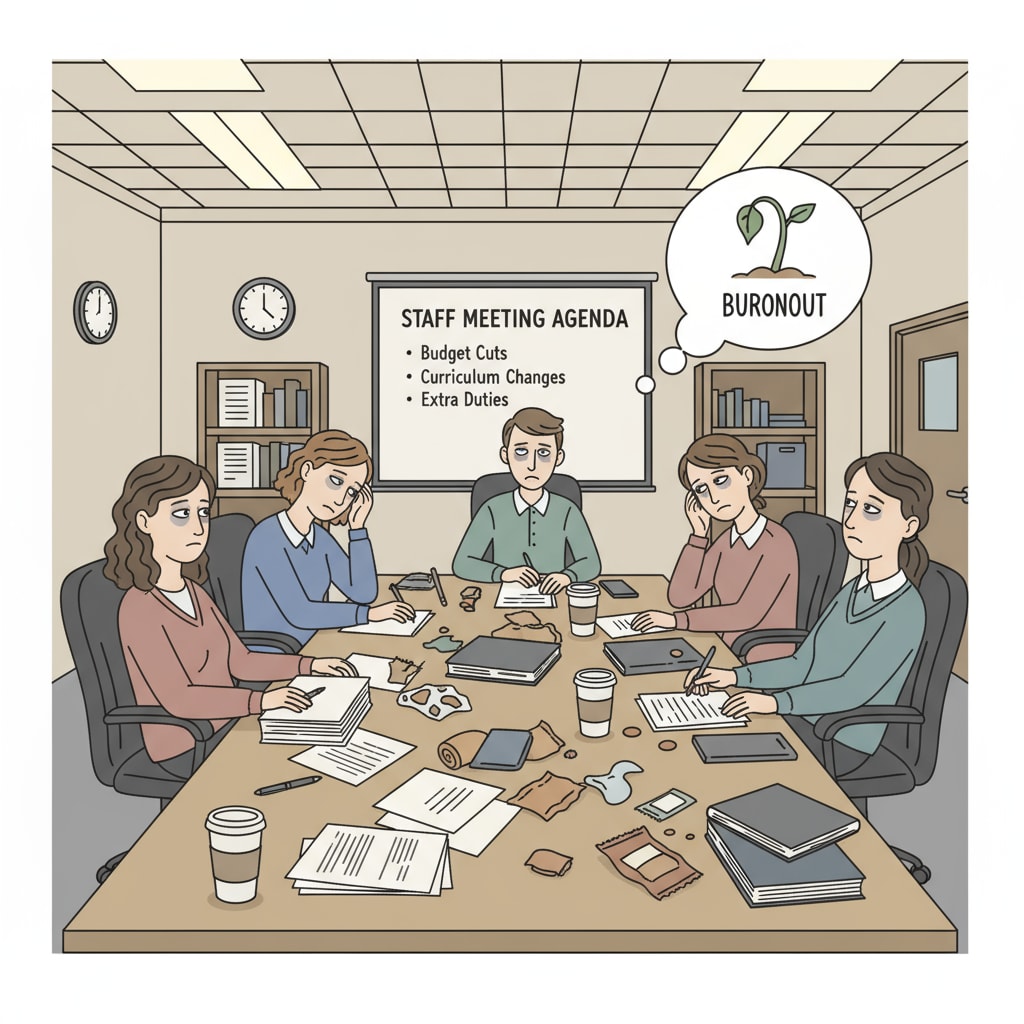Teacher overload, multi-class management, and burnout are becoming alarmingly prevalent in the K12 education sector. Despite relatively good salary and benefits, many teachers are pushed to their limits, which has far-reaching implications for the quality of education.
The Heavy Burden of Multi-Class Management
Teachers in K12 are often required to manage multiple classes simultaneously. This means juggling different lesson plans, grading piles of assignments from various groups of students, and dealing with diverse classroom dynamics. For example, a middle school teacher might be responsible for three different math classes, each with its own pace and set of learning needs. According to the National Education Association’s research, this multi-class management is a significant contributor to teacher stress.

The Onset of Burnout
As the workload piles on, burnout becomes an inevitable consequence. Burnout among teachers is characterized by emotional exhaustion, depersonalization, and a sense of reduced professional accomplishment. Teachers may start to feel disengaged from their students and the teaching profession itself. A study by Taylor & Francis found that a high percentage of teachers experience burnout symptoms due to excessive workloads related to multi-class management.

The implications of teacher burnout are severe. It not only affects the well-being of the educators themselves but also has a negative impact on student learning. Teachers who are burned out may be less enthusiastic, less effective in the classroom, and more likely to consider leaving the profession prematurely. This, in turn, disrupts the stability of the education system and can lead to a shortage of experienced teachers.
Readability guidance: The key points here are the heavy burden of multi-class management and the resulting burnout. Each H2 section has a clear focus, and we’ve used external references to support the claims. Transition words like ‘for example’ and ‘as’ help connect ideas, and short paragraphs keep the text easy to read.


